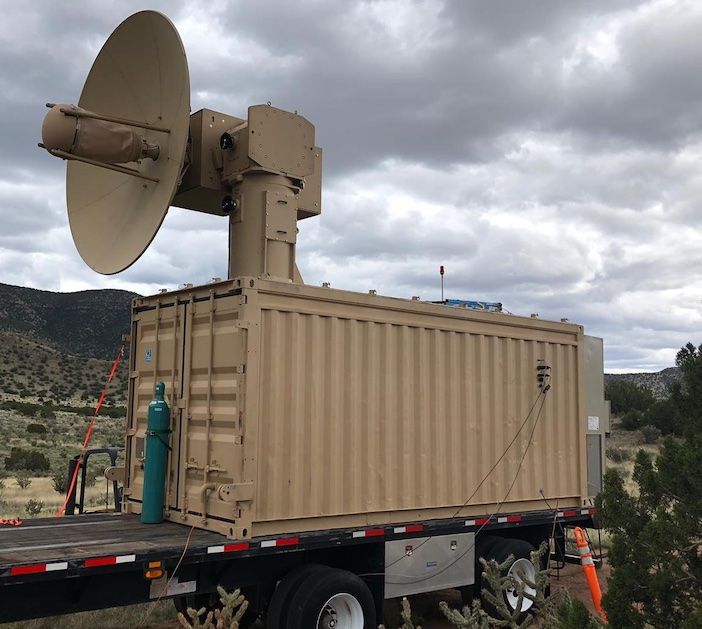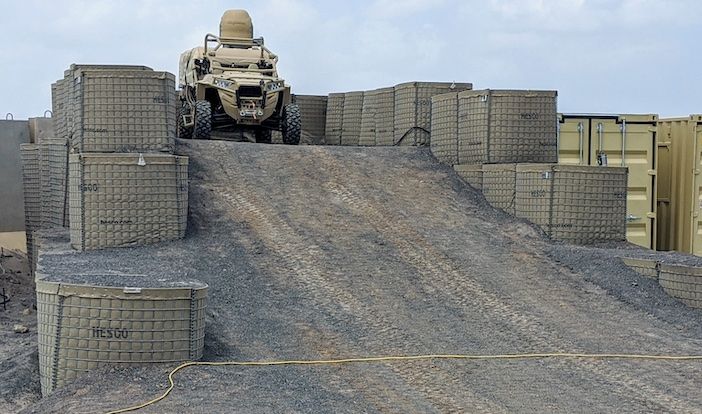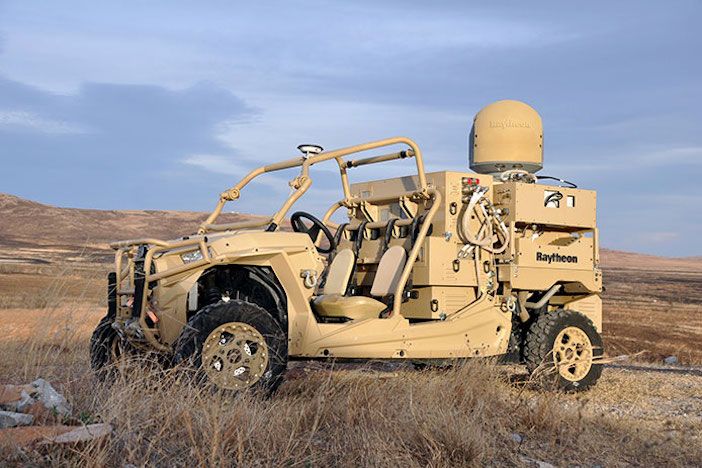Anti-drone weapons that use high-energy lasers have been successfully tested by the US Air Force and have been deployed for use in the field.
The counter-Unmanned Aerial Systems (c-UAS) are designed to prevent adversarial drone observation and assault. Laser and high-power microwave weapons, which melt and disrupt a drone’s electronics, could be deployed to protect US Air Force bases across the world.
The weapons testing program has been overseen by the Directed Energy Combined Test Force (DE CTF), which is part of the Arnold Engineering Development Complex in Tennessee,
The experiment is assessing five Directed Energy Weapon (DEW) and has involved deploying systems at ranges and in the field for training, testing and evaluation over the past year. Three laser weapons and two high-power microwave systems are part of the experimentation campaign, four were tested during 2020, three of which have already been deployed in the field.
The latest system tested, the High Energy Laser Weapon System 2, (HELWS or H2) is the second version of a laser developed by Raytheon. The H2 is more rugged to ensure transportability and survivability, has a new beam director for more accurate targeting, and features a robust power system compared to its predecessor.
The Air Force Research Laboratory announced last April that the DEW systems would be tested overseas in the field. Other systems that are part of the testing program include the Phaser high power microwave system which is also made by Raytheon, and the Tactical High Power Operational Responder (THOR), developed by the Air Force Research Laboratory in partnership with BAE Systems and Albuquerque-based Verus Research.

DE CTF director, Lt. Col. Jared Rupp said, “This experiment has many notable US Air Force firsts, including the complete training of and operation of the system by Security Forces Airmen, the first directed energy c-UAS capability, and the first integration with a base.
“The locations were selected as to significantly enhance c-UAS capability through the use of these DEWs, helping to prevent enemy airborne intelligence, surveillance and reconnaissance (ISR), and attacks.”
The first phase of H2 testing, which took place over a week at the end of July, validated the laser weapon’s basic functionality including lethality and determined that the system was ready to enter the second phase of testing. The second phase involved deployment in the field overseas at the beginning of September and included H2 setup, operator training and an initial performance assessment.
Rupp said, “The first phase proved that H2 was capable of integrating with a fielded radar and command and control system, and it completed the kill chain by shooting down UASs at operationally-relevant ranges,” Rupp said. “It was then successfully deployed and integrated overseas.”

High energy laser weapons are new, so there are as of yet no official training, concept of operations or tactics, techniques or procedures for the H2.
Rupp said those involved in its testing have developed guidance for use of the weapon: “This experiment has gained knowledge to build a basis of integrating DEWs through US Air Force operations.
“The DE CTF and the Strategic Development Planning and Experimentation office created the training for the first-ever Security Forces operators to operate this highly-technical DEW. We educated base leadership of the capabilities and limitations of these weapons to enable them to make proper decisions, such as engagement authorities.
“We also assessed the performance of the system after overseas transport and setup and monitored the daily operation of the system to determine what factors impact operations the most and what parts of the system were most vulnerable to reliability problems.”
Another assessment of the H2 system by the DE CTF will be conducted around six to 12 months after the initial assessment concludes this year.
The DE CTF was formed in 2018 and combines experience and knowledge of directed energy weapons from several different research laboratories that are part of the US Air Force.





